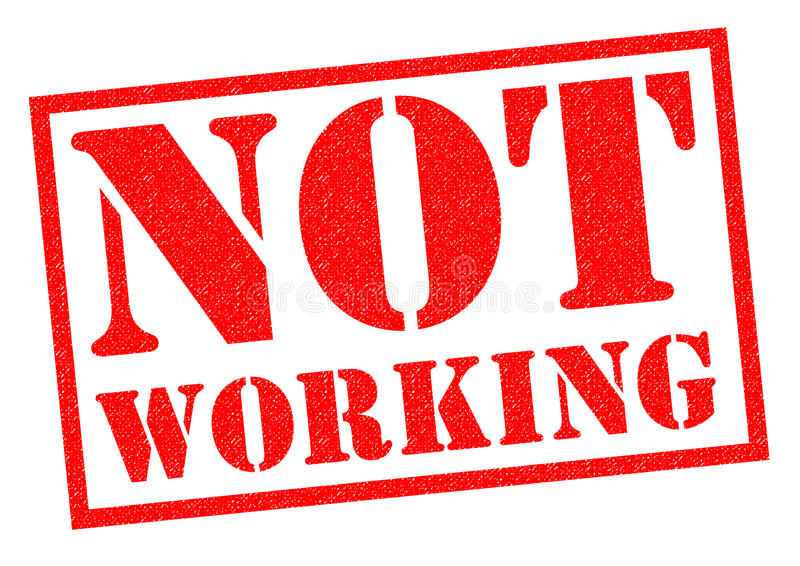
Your present circumstances don’t determine where you can go; they merely determine where you start. – Nido Qubein
Some years back, I read an account of the U.S. standard railroad gauge (distance between rails) and how it came to be set at 4 ft., 8 and one-half inches.
Why was it set at such an odd number? The reason? Because that’s the way they built them in England, and American railroads were built by British expatriates.
But why did the English adopt that particular gauge? Because the people who built the pre-railroad tramways used that gauge.
They in turn were locked into that guage because the people who built tramways used the same standards and tools they had used for building wagons, which were set on gauge of 4 feet, 8 and one-half inches.
Why were the wagons built to that scale? Because with any other size, the wheels did not match the old wheel ruts on the road.
So who built the old rutted roads? The first long-distance highways in Europe were built by Imperial Rome for the benefit of their legions. The roads have been in use ever since. Roman war chariots first made the ruts. Four feet, eight-and-one-half inches was the width a chariot needed to be to accommodate the rear ends of two war horses.
The account of the railroad system is emblematic of the way many people go about accepting and living their lives.
Many people find themselves living their lives according to the “standard gauge” that others have placed upon them. Breaking free from this entrapment of low expectations is nothing more than a pipe dream filled with “one of these days” thinking that slowly turns into faded memories of what could have been.
As you read this, reflect briefly on why you do what you do. Think of the patterns and routines in your life. Are you in the driver’s seat as it pertains to your goals, dreams, and aspirations? What gets you up early in the morning and keeps you up late at night? What are you pursuing in life that you are passionate about? And, are you moving in the direction of those passions?
I know that “standard gauge” thinking – accepting things because “it’s always been this way”- is the greatest obstacle standing in the way of where your heart, passion, and talents could otherwise take you. It’s what kills your dreams and causes you to:
- Embrace the status quo
- Believe that success is out of your reach
- Believe that you are trapped where you are
- Believe that others are more deserving of success than you
Zig Ziglar said, “If you don’t see yourself as a winner, then you cannot perform as a winner.” And this is my challenge for you:
- Don’t allow the “standard gauge” of others to define who God has created you to be and to become.
- Don’t allow your negative self-talk to defeat you
- Don’t be afraid to take risks, fail, and try again!
My prayer for you in 2024 is that you will:
- Deepen your perspective of who you are and why you were created (your spiritual life which grounds you)
- Align yourself with like-minded people who share your values (this is your tribe who you share life with)
Welcome to 2024! May it be your best yet!
©2024 Doug Dickerson










